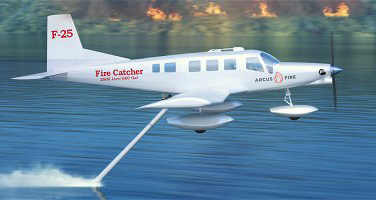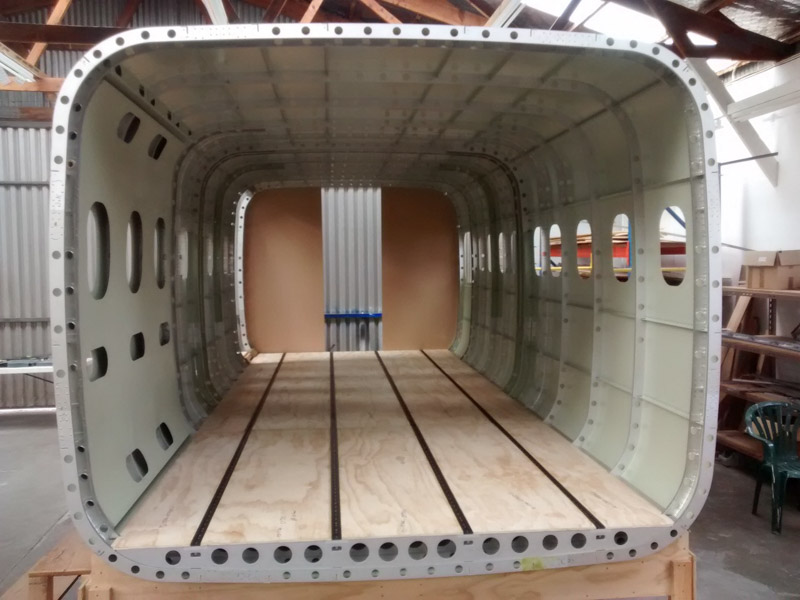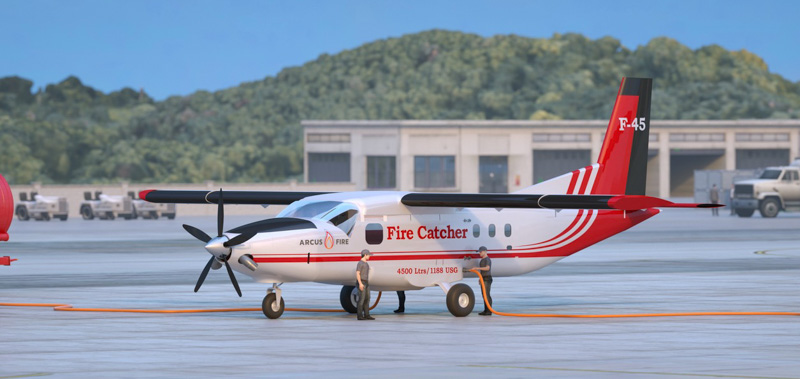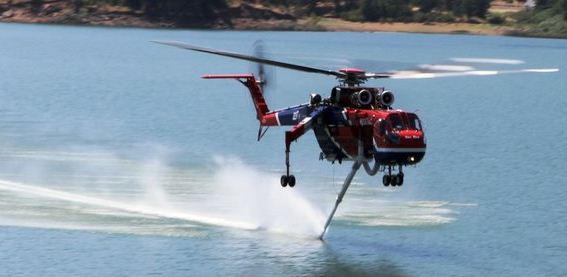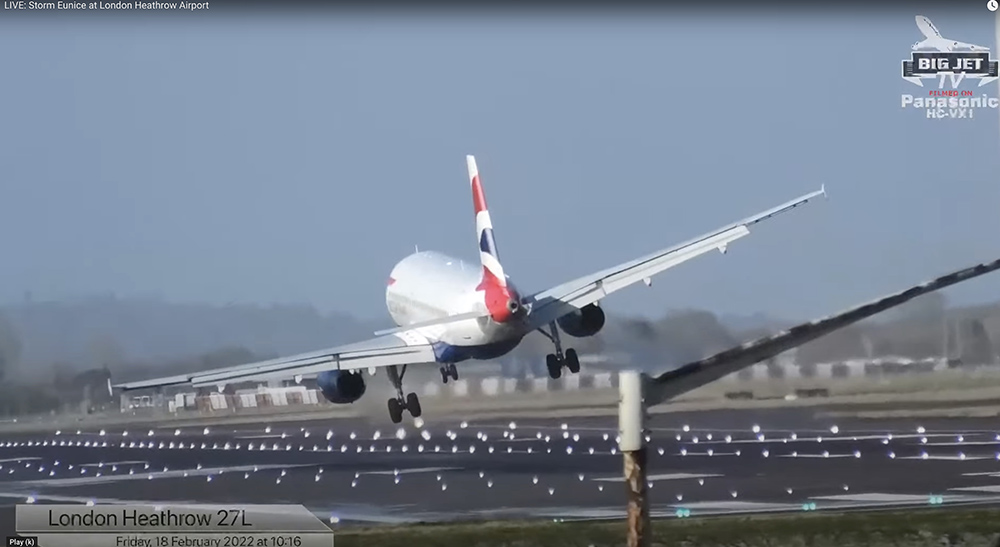
The arrival of storm Eunice at Heathrow Airport in the United Kingdom yesterday resulted in strong crosswinds and elevated heart rates as airplanes were landing on runway 27L. In many cases, they aborted the approaches and decided to go around.
Big Jet TV was on the scene streaming live for nearly eight hours, providing Olympic-like commentary as the big planes attempted to get on the ground during winds that gusted up to 70 mph. At one time the live stream had 200,000 viewers and about 24 hours later has had more than 6 million views.
Jerry Dyer shot the video from a platform on top of his van as he narrated what was happening with many of the planes heavily crabbing against the wind gusts. As the aircraft in the photo above aborted the landing a few feet above the runway (at 1:14:10) he shouted, “Ohhhhhhhhh nooooooo…. he didn’t like that!”
“He’s not having that. He’s not having any of that,” he said as another pilot decided to go around. And at other times, “Easy! Easy!”, “Are you sure? Are you sure?” “Drop it! Drop it!”, and “Yeahhhhhh! Nicely done!”
If you have eight hours to kill, check out the video below. Or, just sample it.


